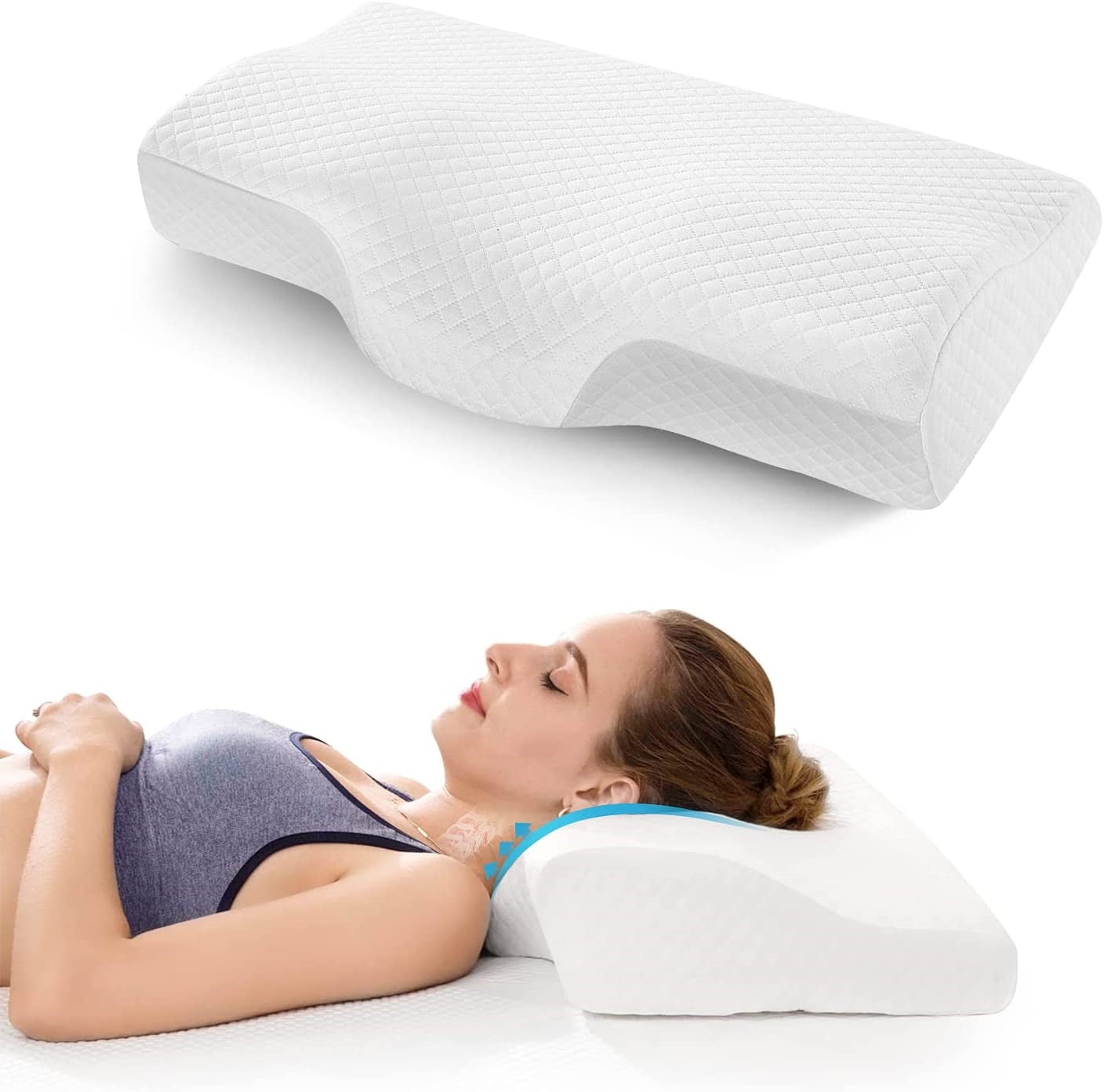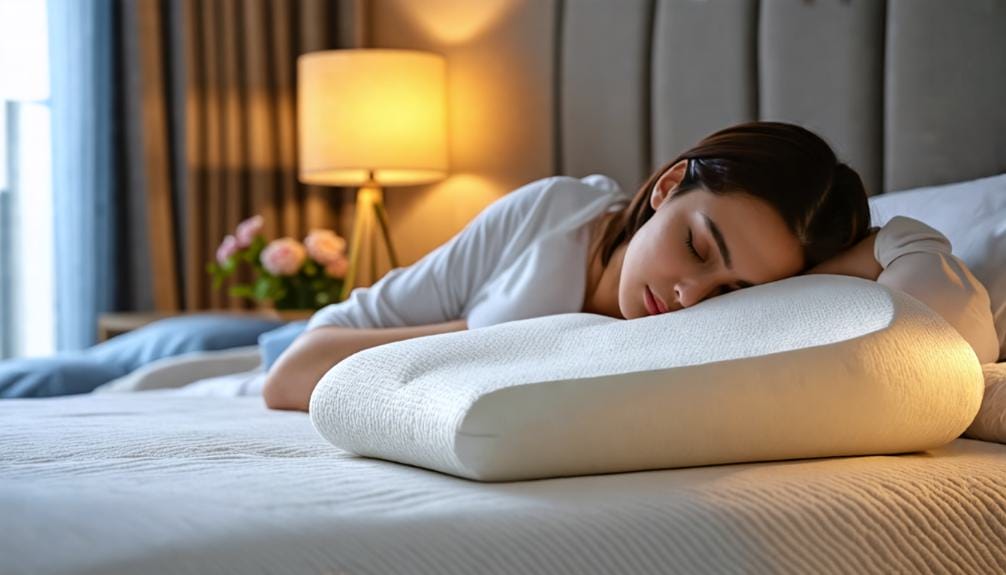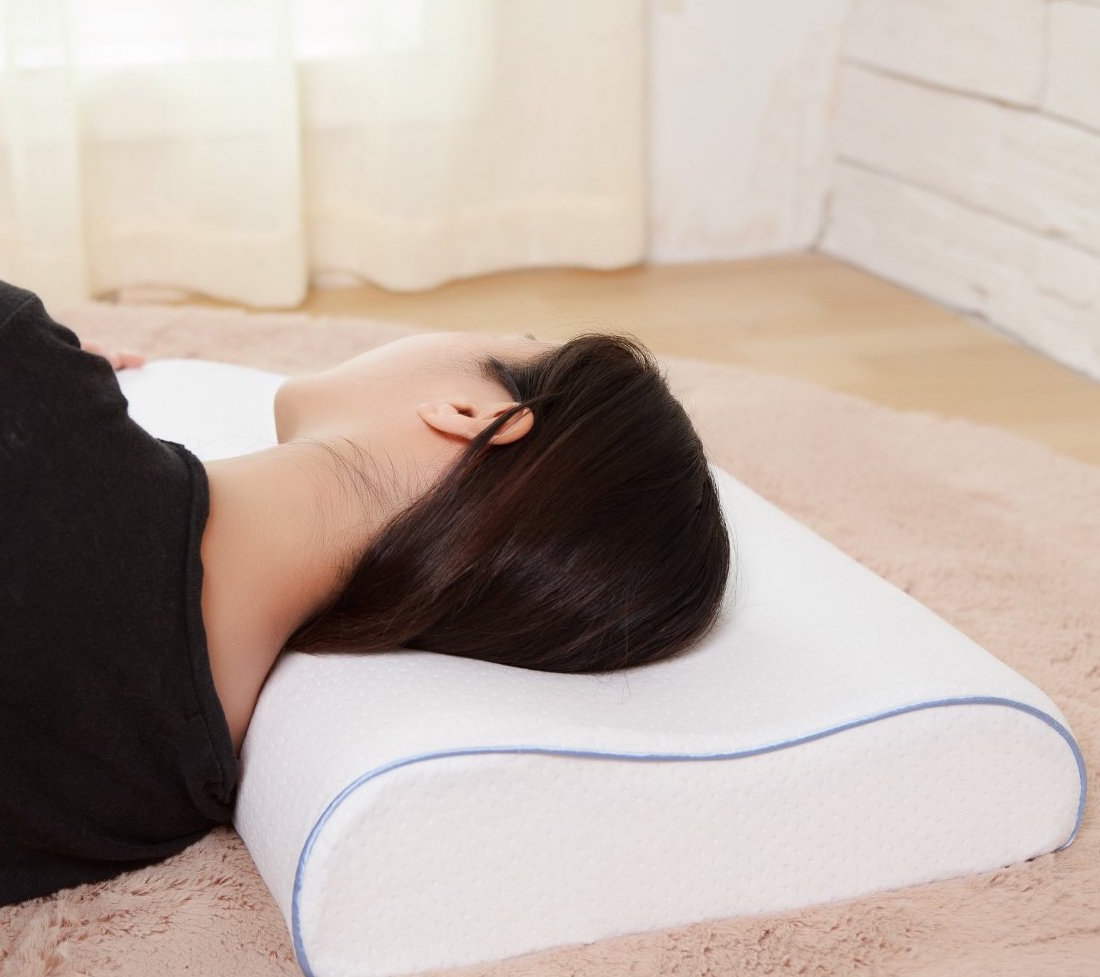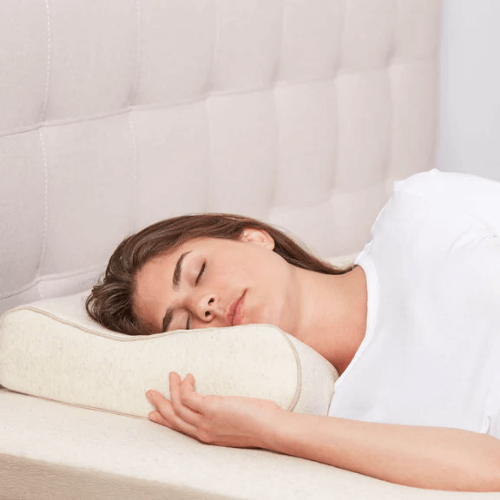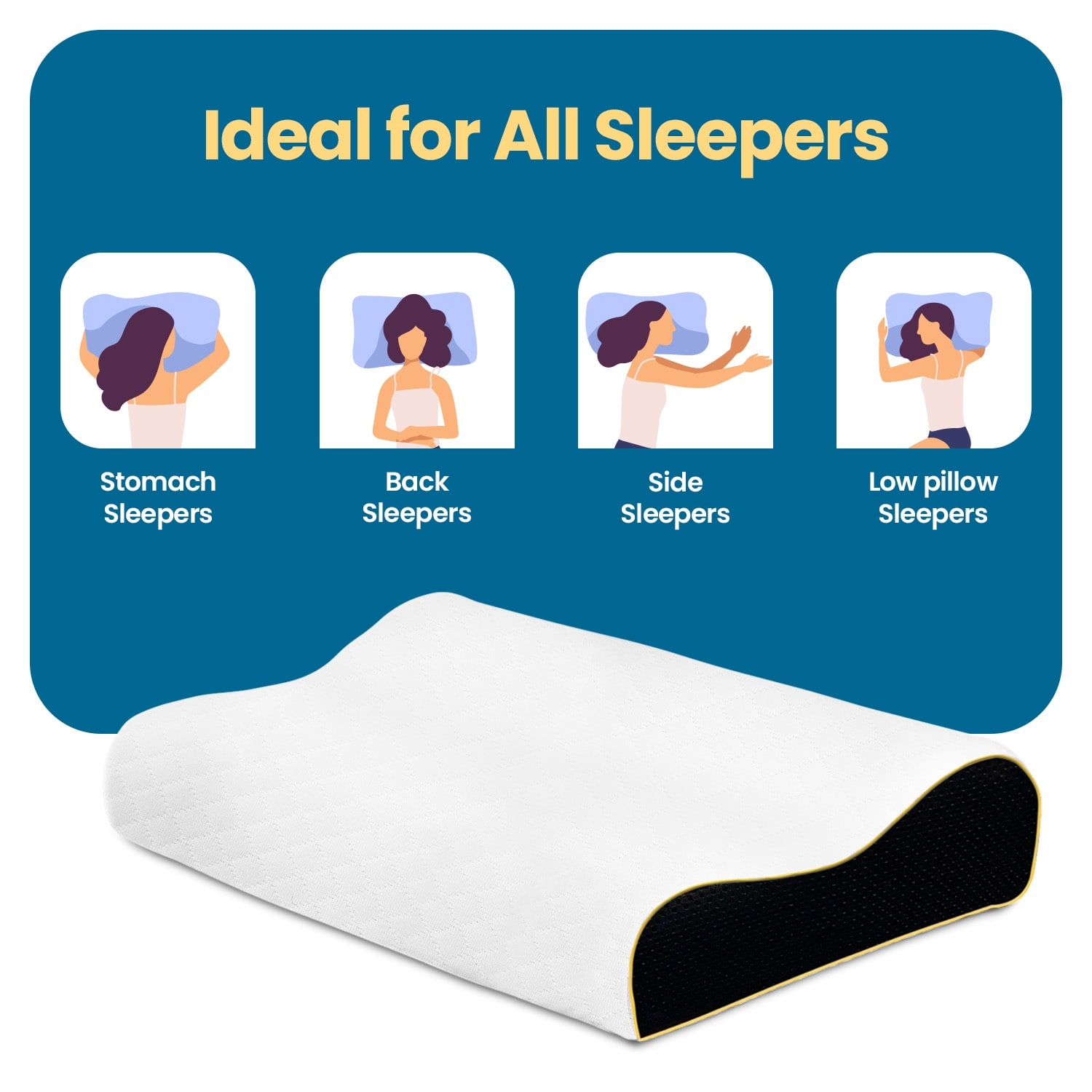How To Sleep On A Contour Pillow

Struggling with neck pain despite using a contour pillow? Proper alignment is key to unlocking the pillow's ergonomic benefits and achieving restful sleep.
This guide provides immediate, actionable steps to correctly use a contour pillow, minimizing discomfort and maximizing its therapeutic potential.
Understanding Your Contour Pillow
Contour pillows, also known as orthopedic pillows, are designed to support the natural curvature of your neck and spine. They typically feature two raised lobes of varying heights. These lobes cradle your neck, promoting proper alignment and reducing strain.
The primary function is to maintain the natural cervical curve during sleep. This helps alleviate pressure points and reduce muscle tension.
Identifying the Correct Side
Most contour pillows are designed with a higher and a lower lobe. Determining the correct side is crucial.
Generally, individuals with broader shoulders or a greater distance between their neck and the mattress should use the higher lobe. Those with narrower shoulders should opt for the lower lobe.
Experimentation is key. Pay attention to how your neck feels after lying down for a few minutes. There should be no feeling of strain or compression.
Choosing the Right Sleeping Position
Contour pillows are primarily designed for back and side sleepers. Stomach sleeping is generally not recommended, as it can negate the pillow's alignment benefits.
Back sleepers should position the pillow so that the neck rests comfortably in the contoured area. The head should be supported, but not pushed too far forward.
Side sleepers should ensure their neck is aligned with their spine. The higher lobe (or lower, depending on shoulder width) should fill the space between the shoulder and the head, preventing neck tilting.
Step-by-Step Guide to Using a Contour Pillow
Follow these steps to optimize your sleep with a contour pillow:
1. Choose the correct side: Identify which lobe height best suits your shoulder width and neck length. Lie down and assess comfort.
2. Align your neck: Position the pillow so the contour cradles your neck. Adjust until you feel supported and your spine feels aligned.
3. Adjust your sleeping position: Stick to your back or side. Avoid stomach sleeping.
4. Maintain proper posture: Ensure your shoulders are relaxed and not hunched. Arms should rest comfortably at your sides or slightly bent.
5. Listen to your body: Pay attention to any discomfort or pressure points. Make small adjustments to the pillow's position or lobe height as needed.
Troubleshooting Common Issues
Neck Pain Persists: Double-check the lobe height. The wrong height can exacerbate neck pain. Consider a pillow with adjustable height options.
Shoulder Discomfort: Ensure your shoulder is not being compressed. You may need a thinner pillow or a different lobe height.
Headaches: Improper neck alignment can trigger headaches. Reassess your pillow's position and ensure your head is not tilted excessively.
Difficulty Adjusting: It may take several nights to adjust to a contour pillow. Be patient and persistent. If discomfort continues after a week, consult a healthcare professional.
Expert Recommendations
According to the National Sleep Foundation, maintaining proper spinal alignment during sleep is crucial for overall health. Contour pillows can aid in achieving this alignment.
Dr. Emily Carter, a leading chiropractor, recommends "gradual introduction" when switching to a contour pillow. "Start by using it for a few hours each night and gradually increase the duration as you adjust."
Consumer Reports indicates that the best contour pillows are those made from memory foam. Memory foam contours to the body, providing customized support.
Next Steps and Ongoing Developments
Continue monitoring your sleep quality and neck comfort. If problems persist, consult a doctor or physical therapist.
The effectiveness of a contour pillow depends heavily on individual needs and preferences. Be prepared to experiment to find the right fit.
Further research is underway to optimize contour pillow design and materials for various sleeping positions and body types.
